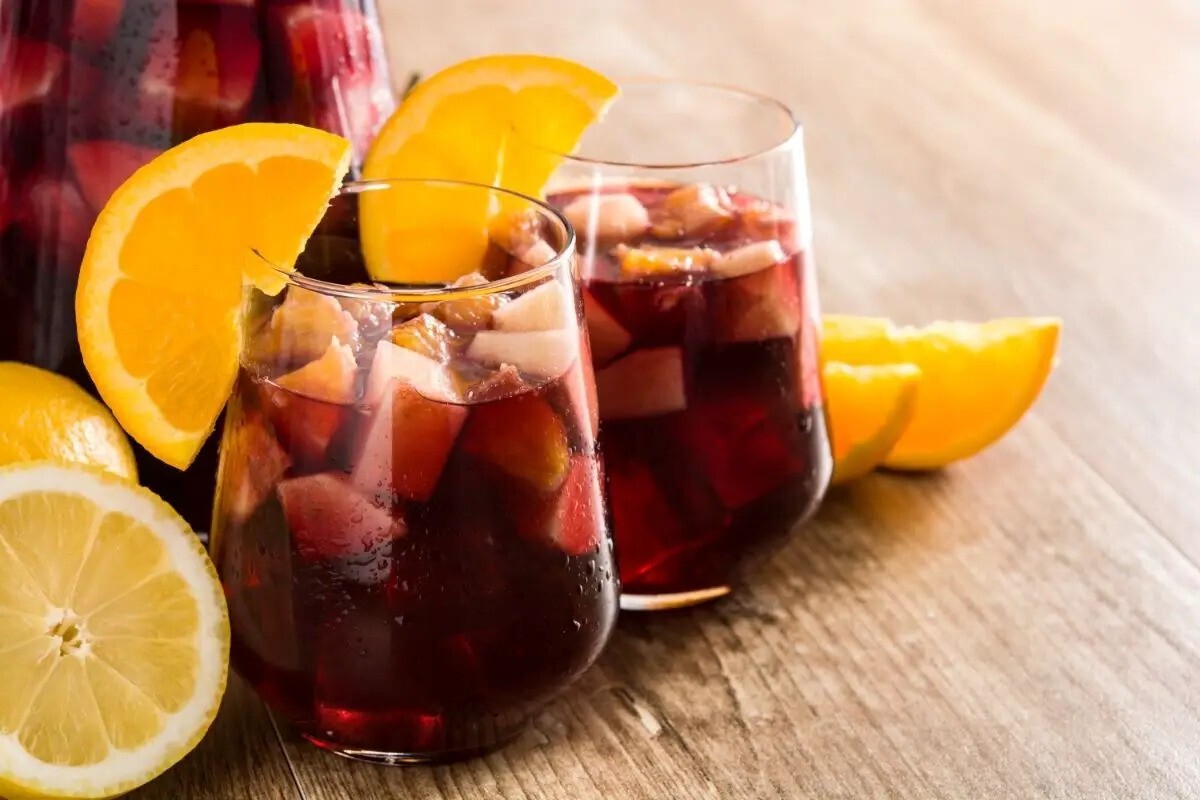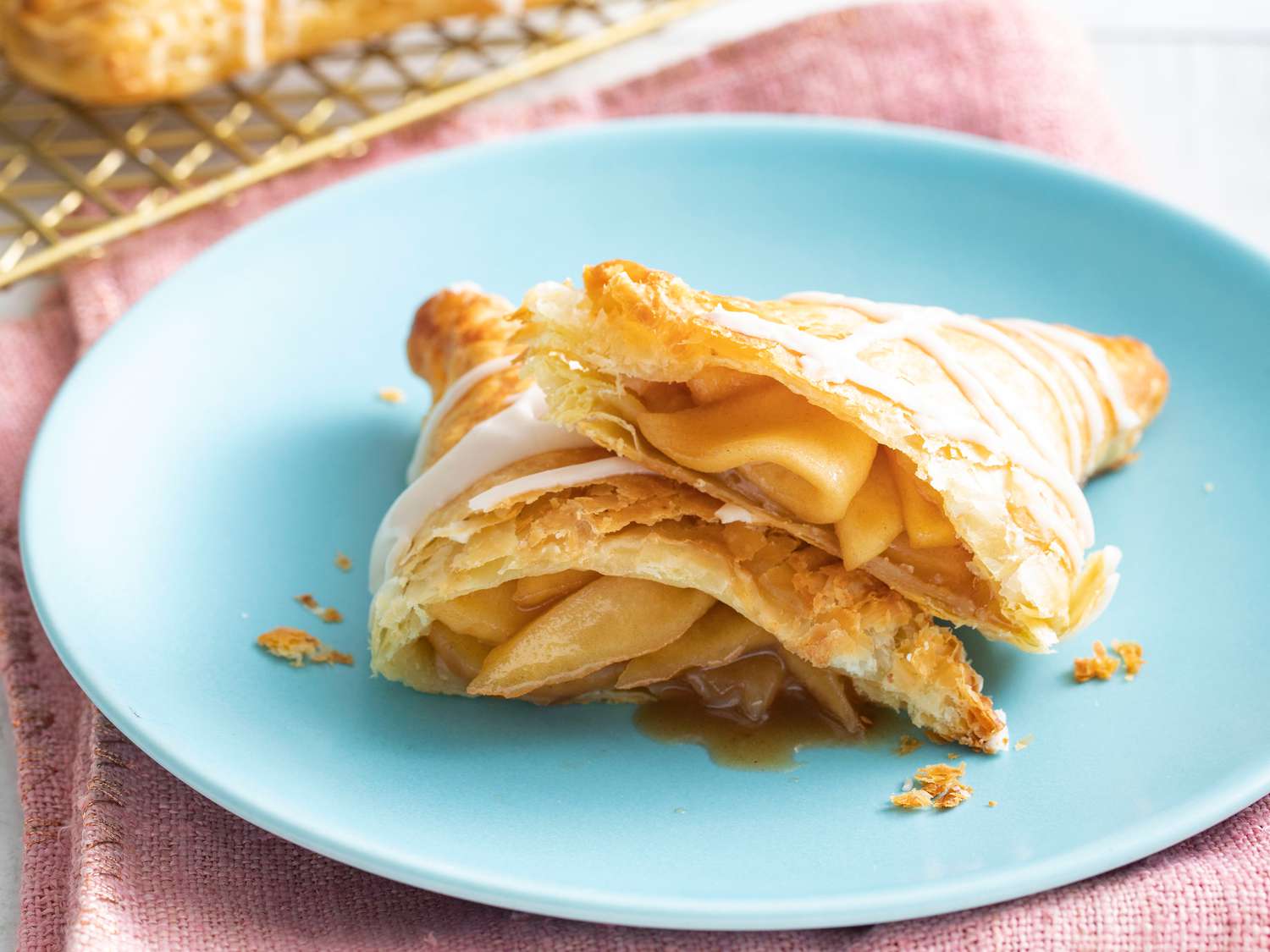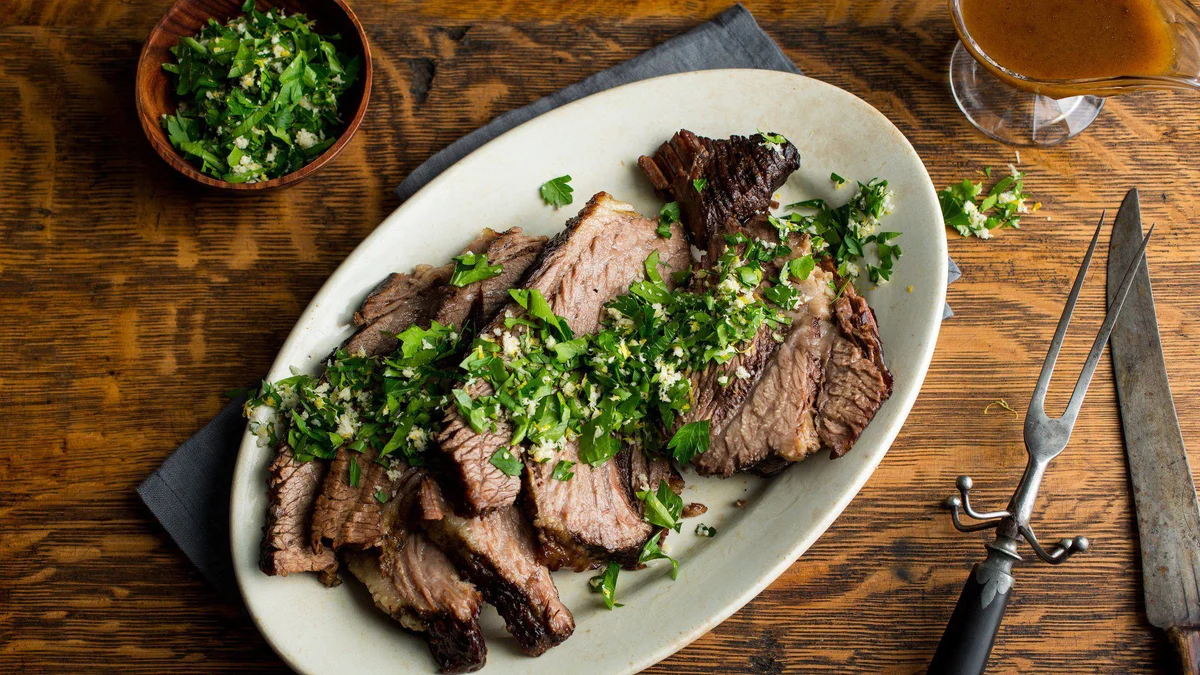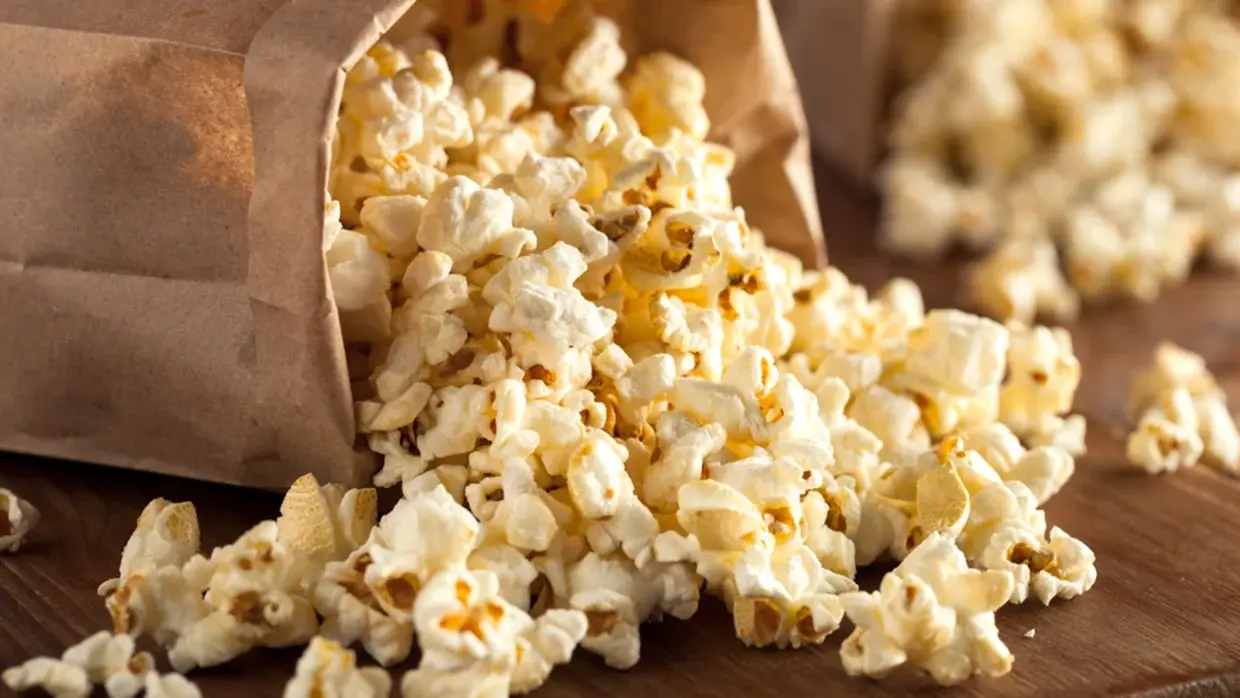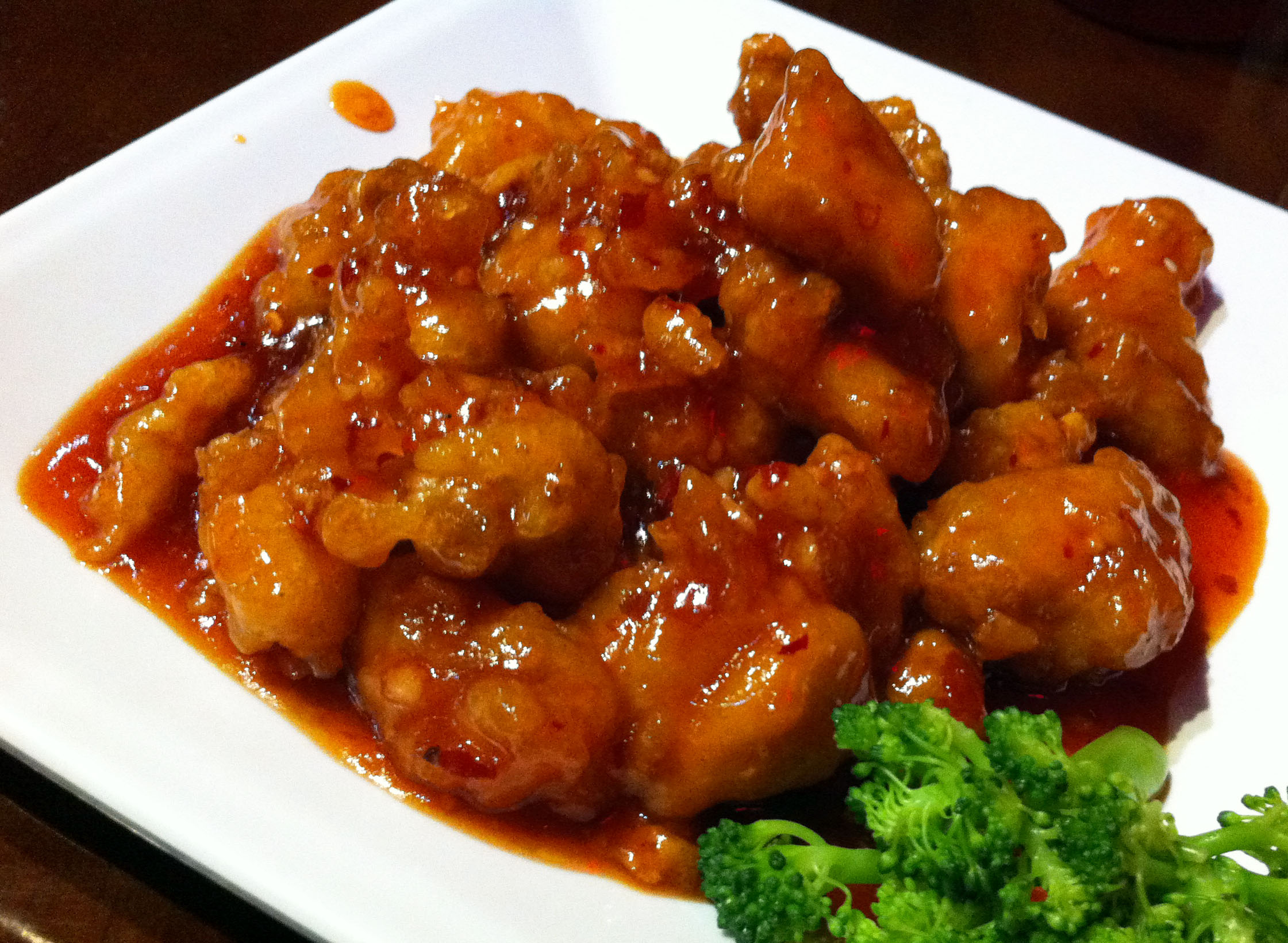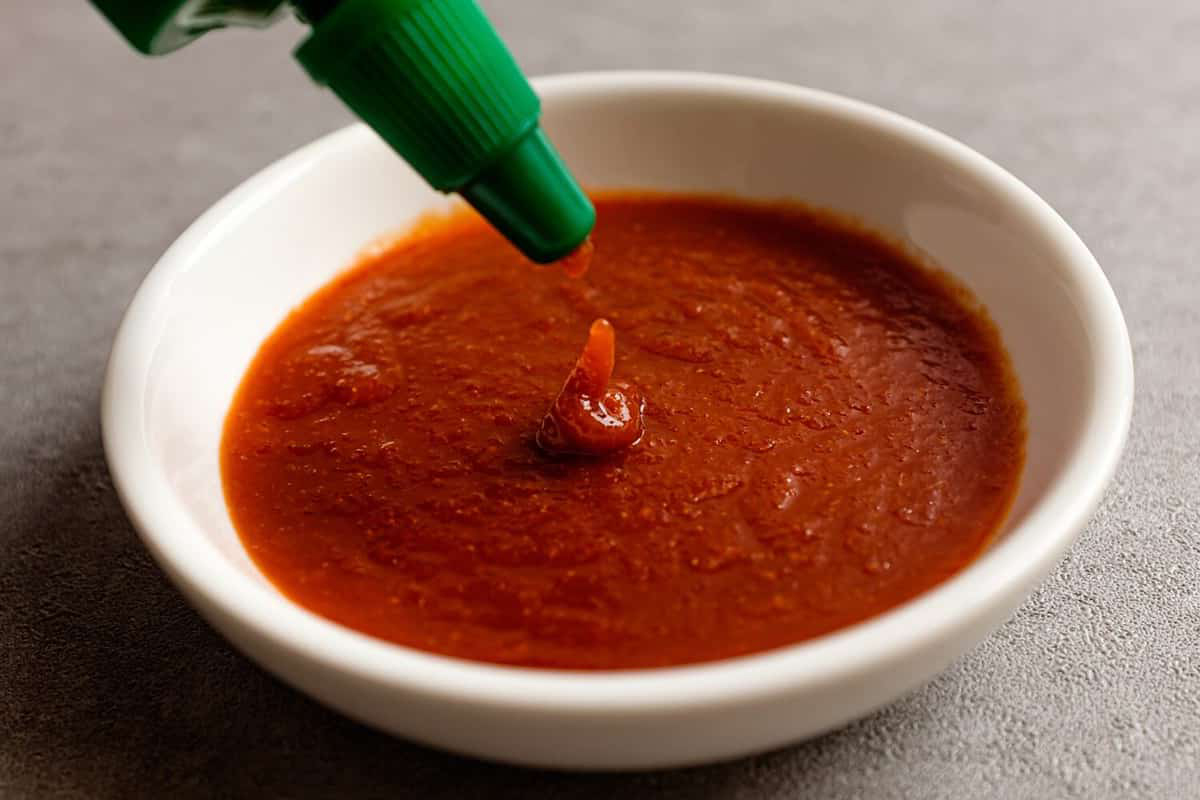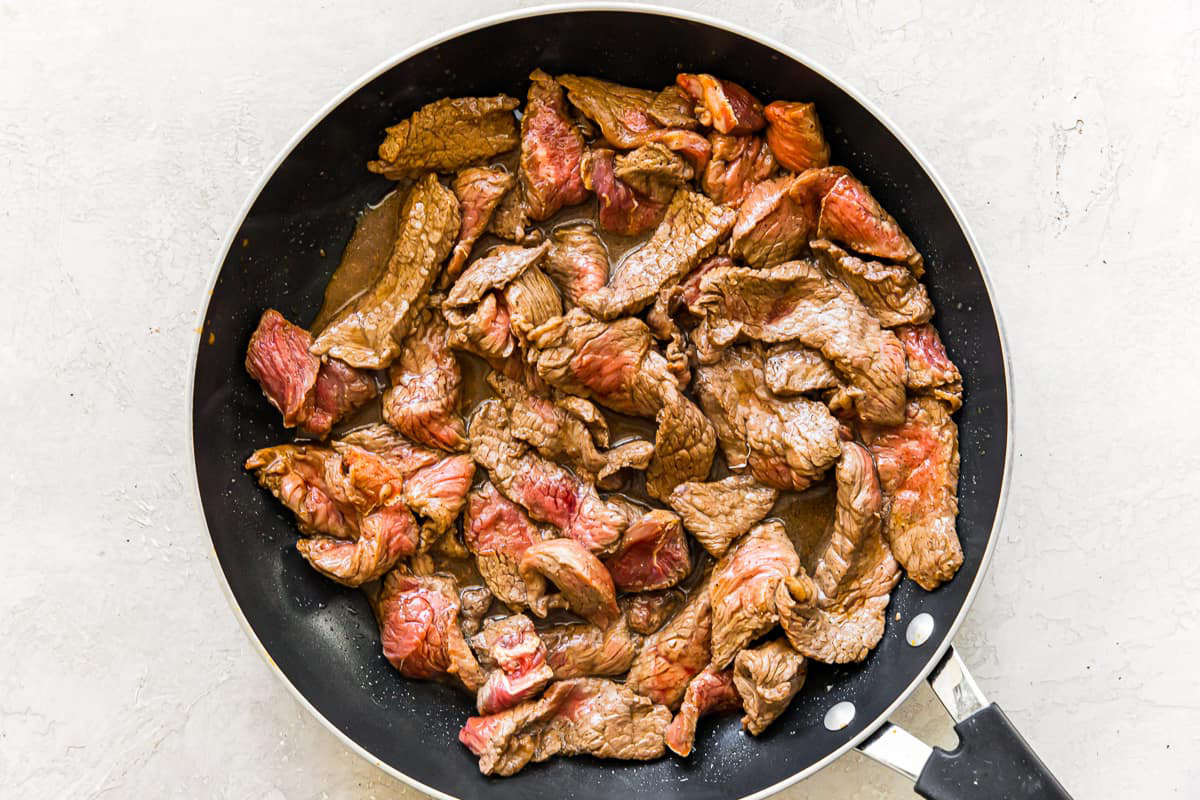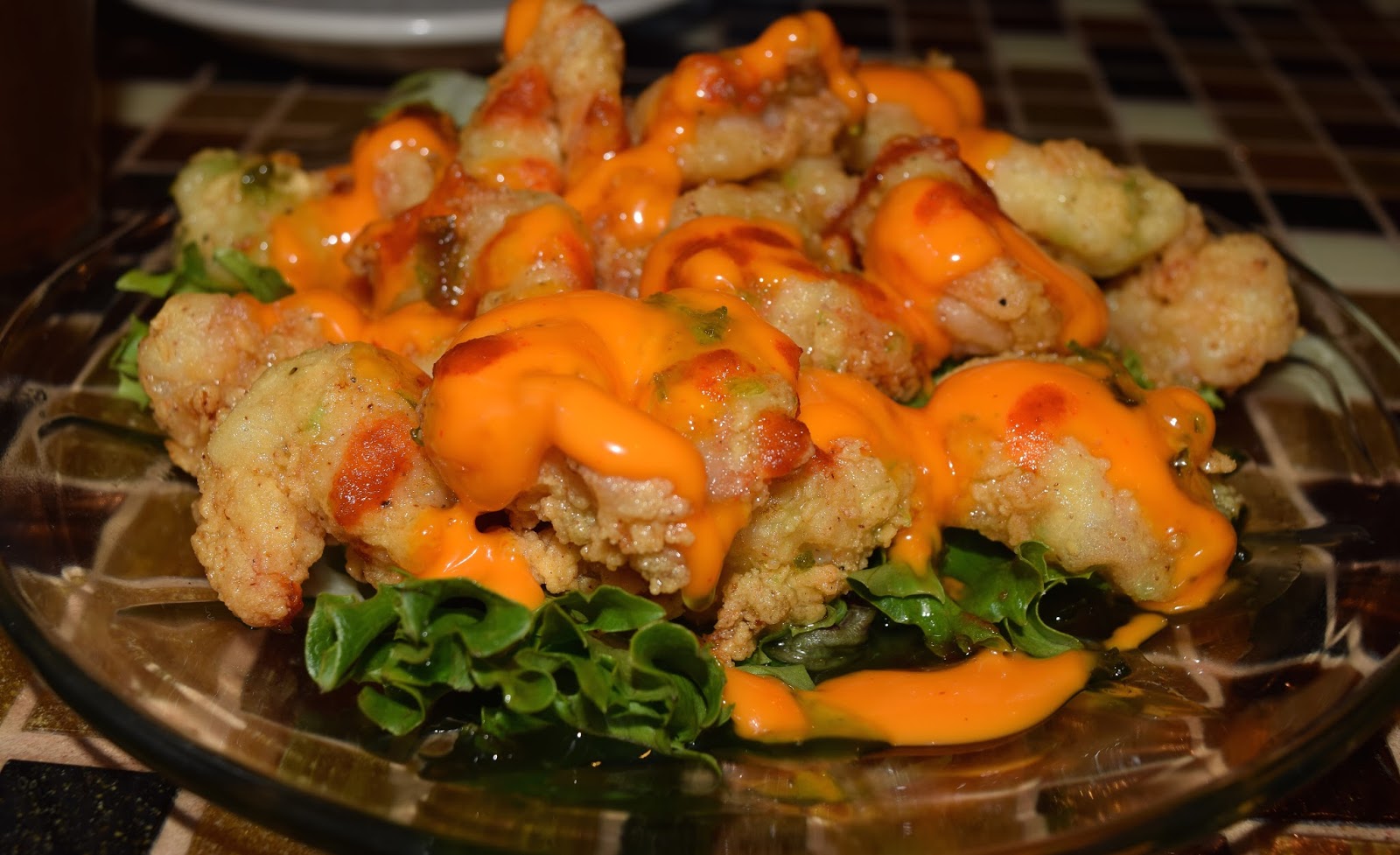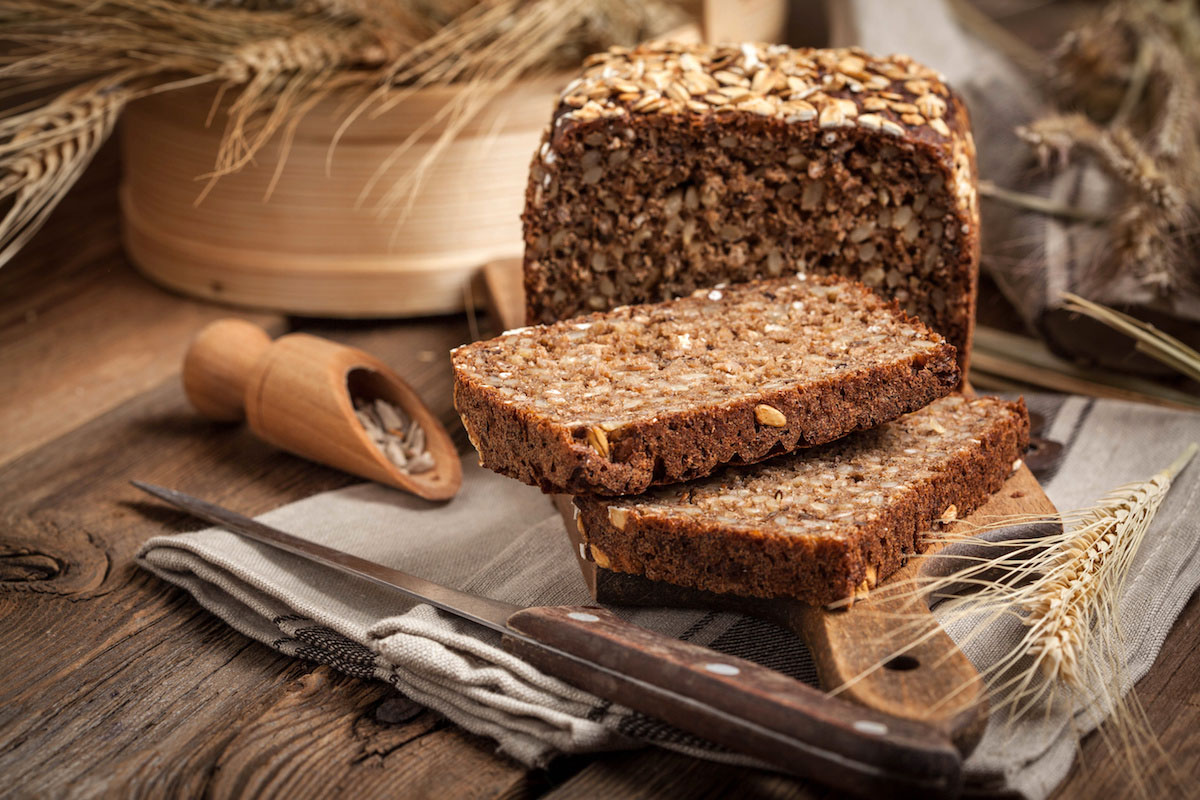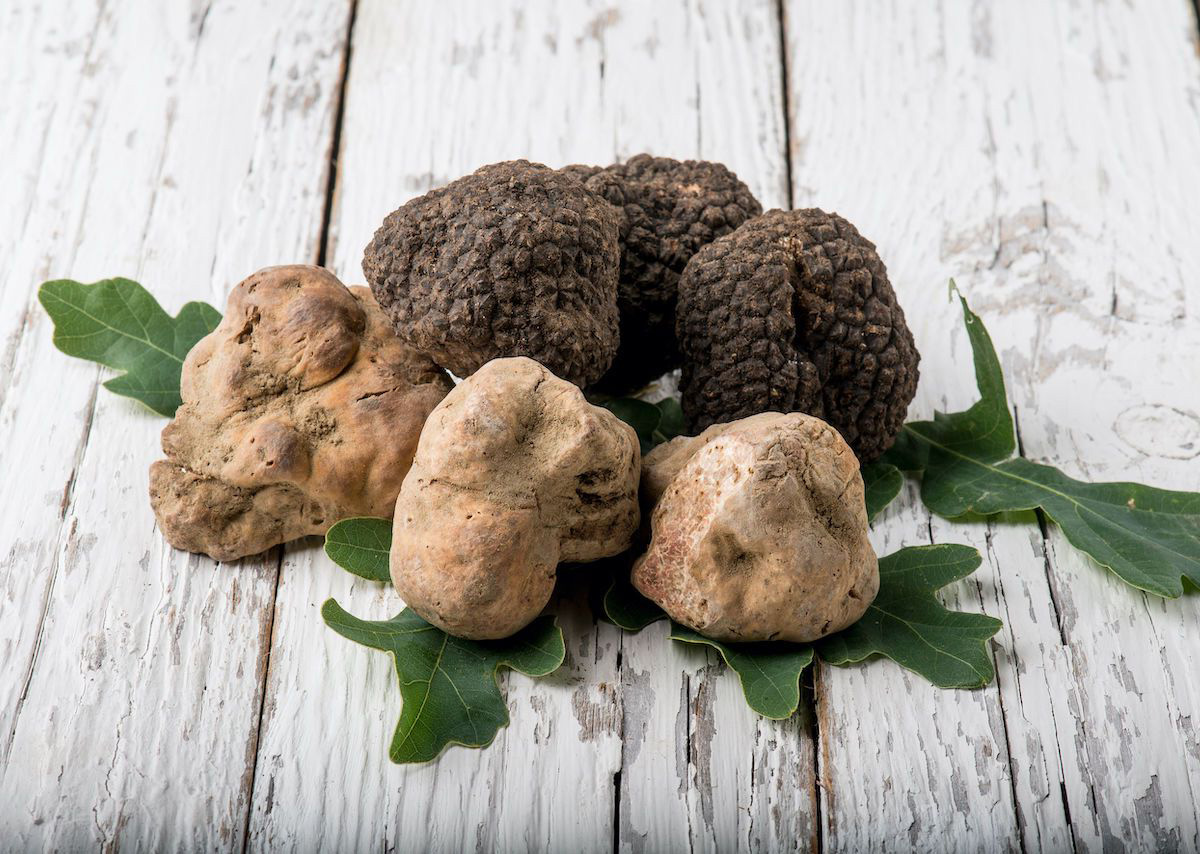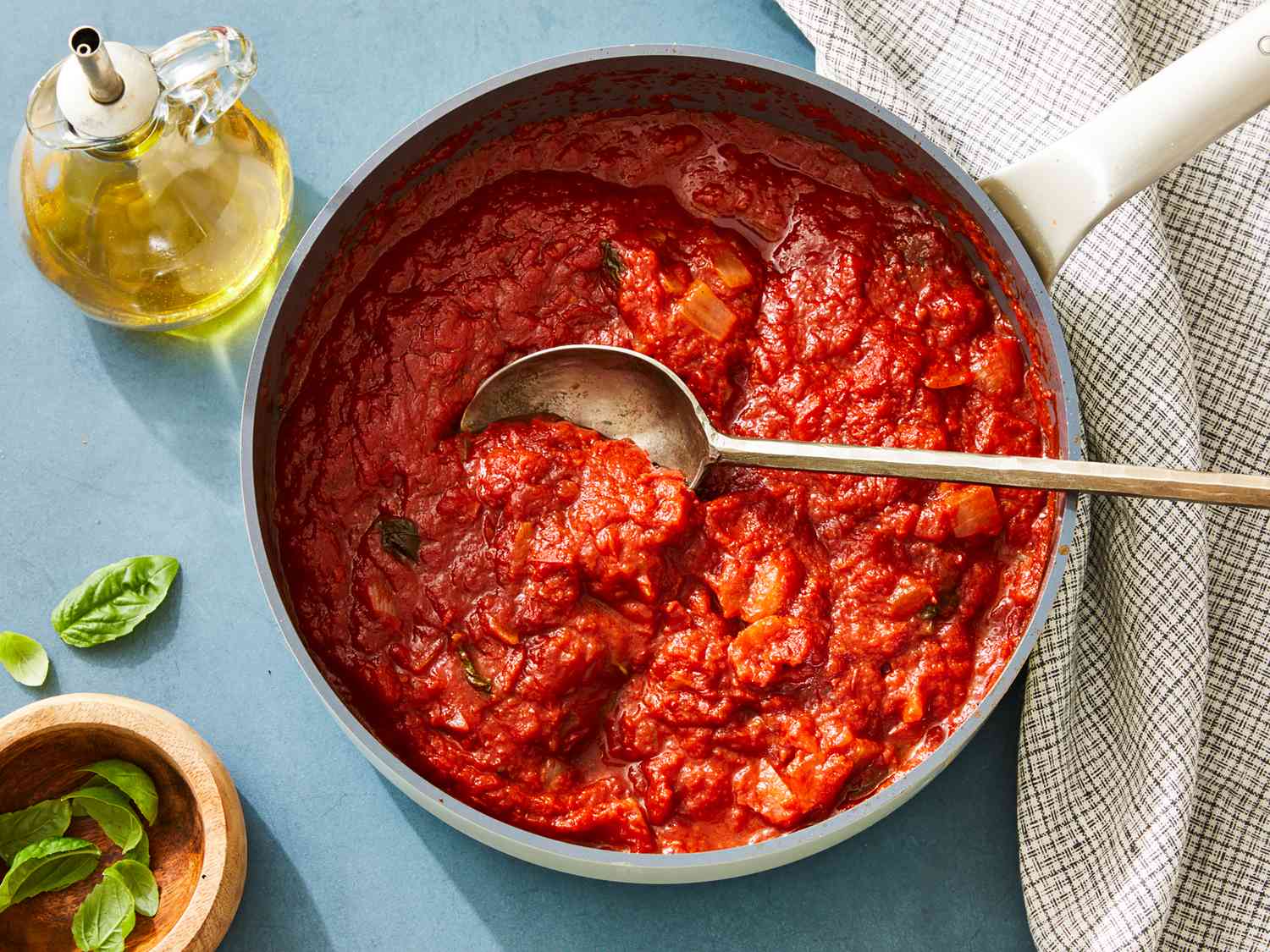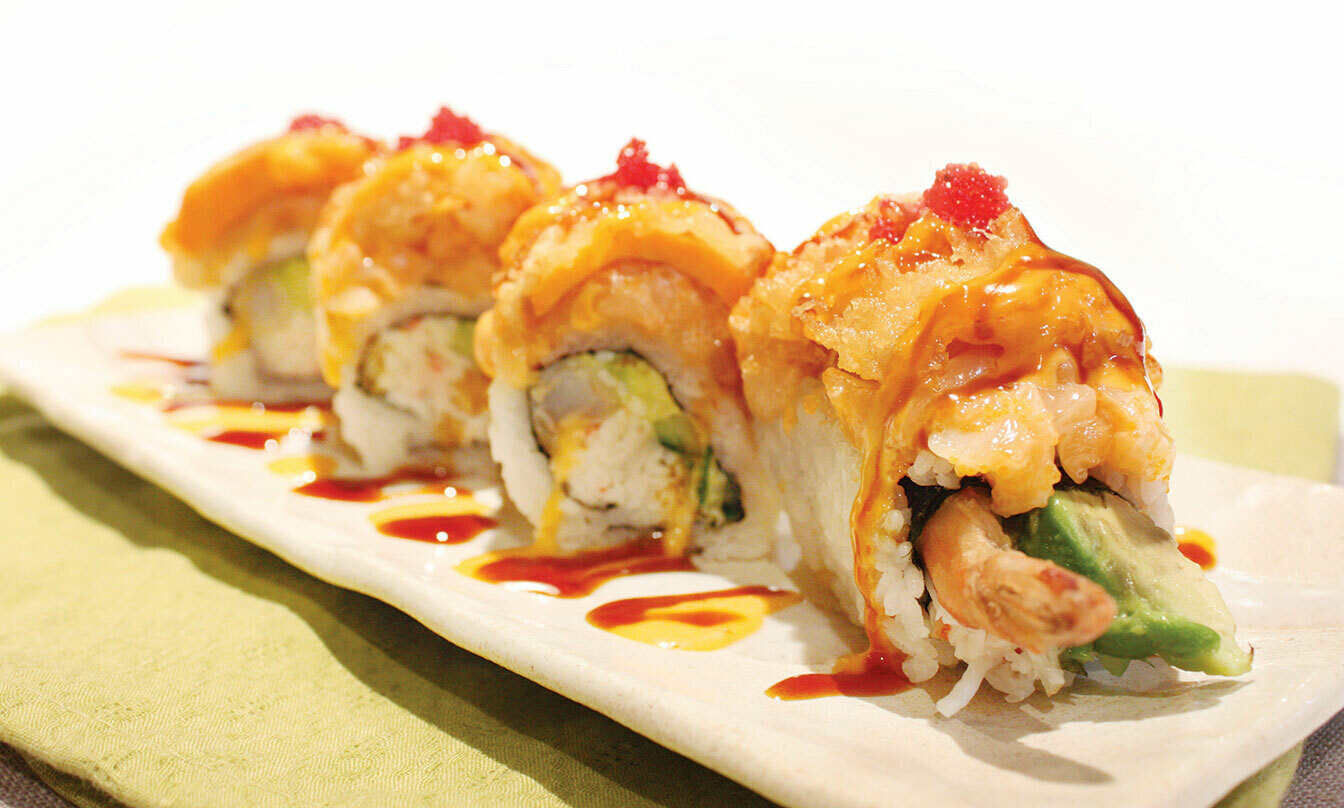Discovering the Delightful World of Tapioca Pudding
Have you ever tasted the creamy, comforting goodness of tapioca pudding? If not, you’re in for a treat! Tapioca pudding is a classic dessert that has been enjoyed for generations. In this article, we’ll explore what tapioca pudding is, how it’s made, and why it’s such a beloved treat for people of all ages.
What is Tapioca Pudding?
Tapioca pudding is a sweet and creamy dessert made from tapioca pearls, milk, sugar, and flavorings such as vanilla or cinnamon. The tapioca pearls are the key ingredient, giving the pudding its unique texture and chewy consistency. When cooked, the pearls become translucent and add a delightful mouthfeel to the pudding.
How is Tapioca Pudding Made?
Making tapioca pudding is a simple yet rewarding process. Here’s a basic recipe to get you started:
- Combine tapioca pearls, milk, and sugar in a saucepan.
- Let the mixture sit for 15 minutes to allow the tapioca pearls to soften.
- Bring the mixture to a gentle boil, stirring constantly to prevent the pearls from sticking to the bottom of the pan.
- Once the mixture has thickened, remove it from the heat and stir in your choice of flavorings, such as vanilla extract or a sprinkle of cinnamon.
- Allow the pudding to cool before serving, either warm or chilled.
Feel free to get creative with your tapioca pudding by adding fruit, nuts, or other toppings to enhance the flavor and texture.
Why is Tapioca Pudding So Popular?
There are several reasons why tapioca pudding has stood the test of time as a beloved dessert:
- Comforting Texture: The chewy tapioca pearls add a unique texture to the pudding, making each spoonful a delight to savor.
- Versatility: Tapioca pudding can be enjoyed warm or chilled, and it pairs well with a variety of toppings and flavorings.
- Nostalgic Appeal: Many people have fond memories of enjoying tapioca pudding as children, making it a nostalgic and comforting dessert.
- Simple Ingredients: With just a few basic ingredients, tapioca pudding is easy to make and can be customized to suit individual tastes.
Whether you’re a longtime fan of tapioca pudding or new to this delightful dessert, there’s no denying its timeless appeal. The next time you’re craving a sweet and satisfying treat, consider whipping up a batch of tapioca pudding to enjoy with family and friends.
So, now that you know all about tapioca pudding, why not try making a batch yourself? It’s a delicious and comforting dessert that’s sure to become a favorite in your household. Happy cooking!
Was this page helpful?
Read Next: What Is The Best Thanksgiving Food?
